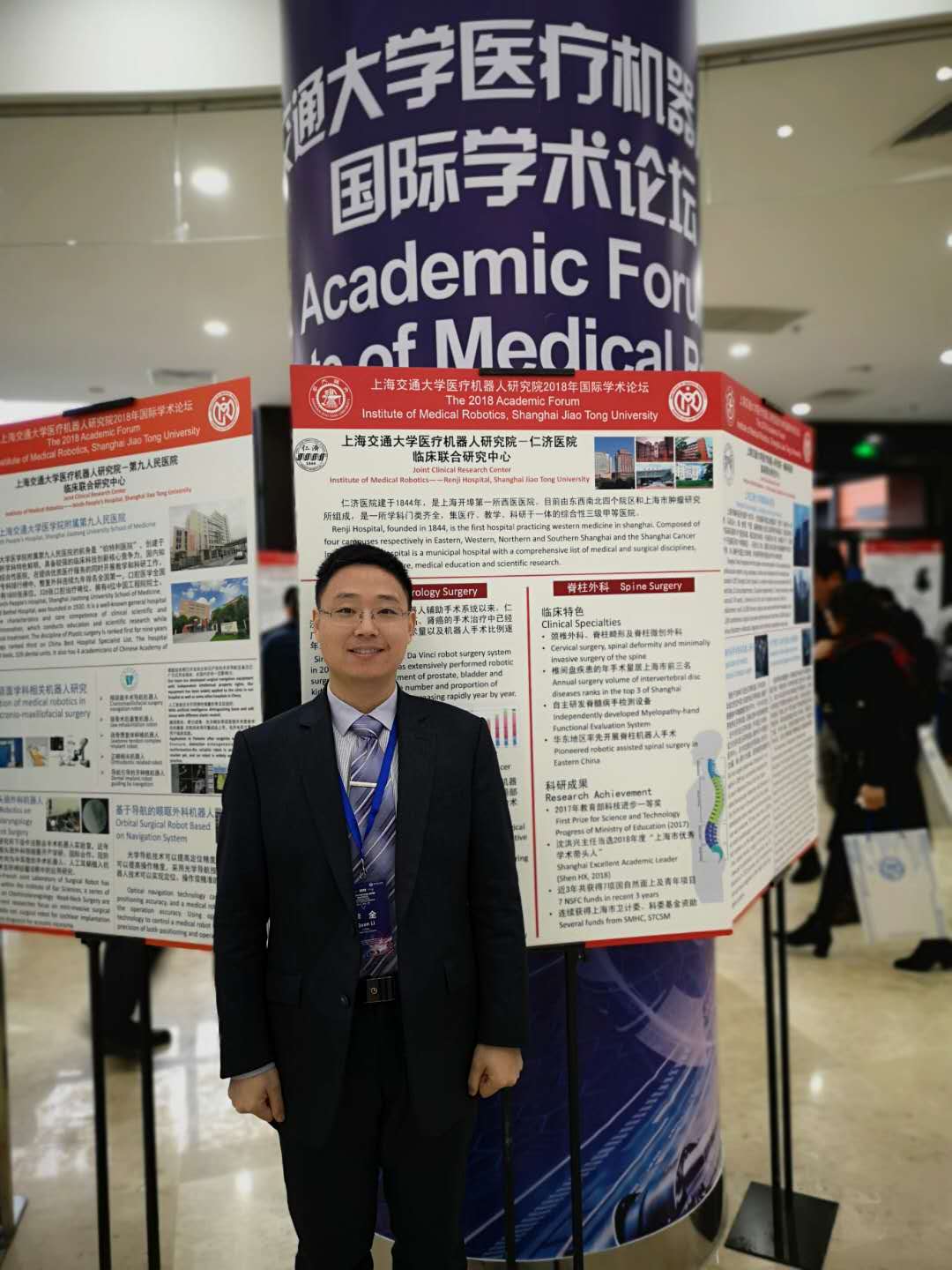


Deputy Chief Physician of Spine Surgery
Renji Hospital, Shanghai Jiao Tong University School of Medicine, China
21:00-21:45 July 8
Robotics for Spinal Surgery: What doctors need? & What robots can do?
Biography
Dr. Quan Li graduated from the Department of Orthopedics of Second Military Medical University. He is currently the Deputy Chief Physician of Spine Surgery at Renji Hospital, Shanghai Jiao Tong University School of Medicine. He visited the Hamlyn Centre at Imperial College in 2018. He is active in the diagnosis and minimally invasive surgery of degenerative diseases of the cervical and lumbar spine, such as cervical spondylosis, lumbar disc herniation, lumbar spinal stenosis, and lumbar spondylolisthesis. He helped the department introduce the first spinal surgery robot in East China and gained early experience in spinal robotic-assisted surgery. Until now he has performed over 200 robot-assisted spinal surgeries and is one of the doctors with the largest number of such operations in China.
Abstract
The advent of the surgical robot system enhances surgeon performance. Da Vinci (Intuitive Surgical, Sunnyvale, California, USA) surgery system is geared to the needs of soft tissue surgery and has been widely used in urology, thoracic, general surgery and gynecology patients. However, in spinal surgery, hard bone tissues make up a different application scene and limit the indication of the Da Vinci system utilization. Some specific robotic systems, like Renaissance(MAZOR Robotics Inc, Orlando, Florida, USA) and TiRobot system (TINAVI, Medical Technologies Co., Ltd., Beijing, China), have been developed and employed to assist with intraoperative navigation, trajectory determination, and screw implantation.
Previous researches have reported that spinal robotic systems could increase the accuracy of pedicle screw instrumentation and decrease blood loss and surgeon radiation exposure. Besides these advantages, we also encountered some unique problems in our clinical practice of robot-assisted spinal surgery. As a completely new surgical tool, the learning curve and limitation of spinal robotic systems would also be discussed in this presentation.
